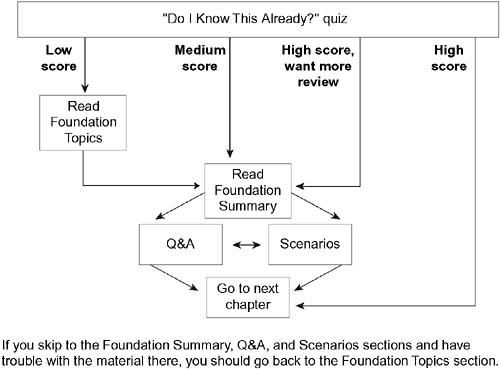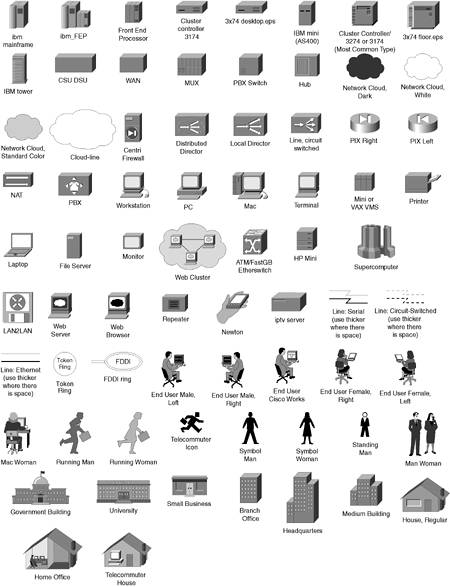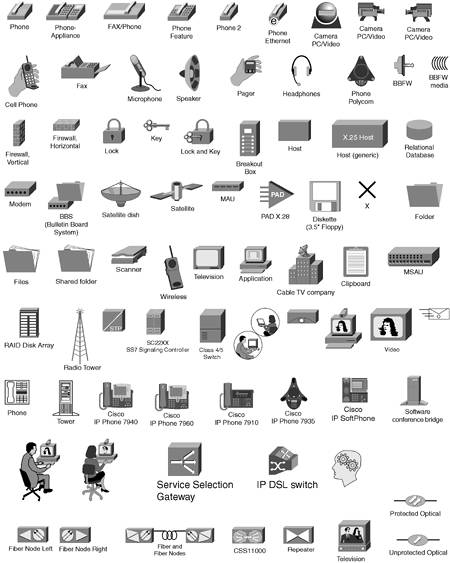| One way to use this book is to start at the beginning and read it cover to cover. Although that would certainly help you prepare, most people do not have that much time to spare, particularly if they already have mastered some of the topics in the book. However, if you want to read the entire book and the review sections on the CD-ROM, and answer all the CD-ROM questions, that is a great way to prepare! Some of you might want to consider different strategies for how best to use this book, depending on what training and experience you already have. With its prechapter analysis quizzes and chapter-ending summary sections and questions, as well as its traditional foundation sections, this book is designed to help you get the most out of the time you take to study. The core material for the BSCI exam is covered in Chapters 1 through 18. Figure I-1 shows how to approach the chapter based on your experience and knowledge level. Figure I-1. How to Use Chapters 1 Through 18  How you choose to use the study aids in this book might depend on your academic and professional background. Each core chapter (1 through 18) starts with a "Do I Know This Already?" quiz that allows you to decide how much time you need to devote to studying the subject at hand. Next, the "Foundation Topics" (the core material of the chapter) are presented. This section is the bulk of each chapter. At the end of each chapter, you will find a "Foundation Summary" section that is a collection of tables and quick-reference material that you can use as last-minute review notes. Reviewing each "Foundation Summary" and the "Glossary" toward the end of the book makes for excellent late-stage exam preparation. Each core chapter also has a "Q&A" section of review questions that test you on the chapter's contents. Finally, where appropriate, some core chapters contain a "Scenarios" section that tests you further on the material. The appendixes contain materials for your reference. Appendix A contains the answers to each chapter's "Do I Know This Already?" and "Q&A" quizzes. The answers to the "Scenarios" questions can be found at the end of each chapter. This book is also accompanied by a CD-ROM that offers multiple-choice questions based on the entire book's content. Each question in the CD-ROM refers you to the chapter and section it is drawn from. Command Syntax Conventions The conventions used to present command syntax in this book are the same conventions used in the Cisco IOS Command Reference , as follows : -
Boldface indicates commands and keywords that are entered literally as shown. In examples (not syntax), boldface indicates user input (for example, a show command). -
Italics indicates arguments for which you supply values. -
Square brackets ([ and ]) indicate optional elements. -
Braces ({ and }) contain a choice of required keywords. -
Vertical bars () separate alternative, mutually exclusive elements. -
Braces and vertical bars within square bracketsfor example, [x {y z}]indicate a required choice within an optional element. You do not need to enter what is in the brackets, but if you do, you have some required choices in the braces. CAUTION Throughout this book, examples, sample configurations, and figures use both private and valid IP addresses. These addresses are used for educational purposes only and are not intended for use by readers while connected to the Internet. Because it is possible that some of these addresses have been assigned to organizations, any connection, however innocent, will be construed as unauthorized access or Internet trespass. It is important in all cases that any configurations are performed in a controlled lab environment that is not connected to either your organization's network or the Internet. This is not merely because the addresses used in the book may be real addresses, but because it would be foolhardy to practice your networking skills in an operational environment. Neither Cisco, Cisco Press, nor its staff is responsible for any action taken by the readers of this book in conjunction with the unauthorized use of IP addresses.
Icons Used in This Book Throughout this book, you will see the following icons used for networking devices:  The following icons are used for peripherals and other devices:  The following icons are used for networks and network connections:  | 


